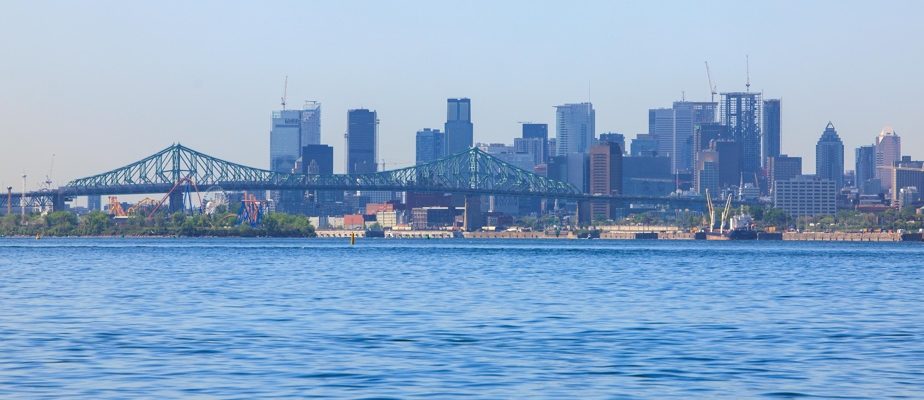Concentrations of pharmaceutical products in the St. Lawrence River sometimes exceed thresholds where toxic effects on fauna and flora are observable, according to a new Montreal study. Rivers that flow into the river have the same problem.
“Other studies have shown that there are pharmaceutical products in waterways, including in Quebec, but we have data over five years which proves that this is a chronic situation, not a one-off problem” , explains Sébastien Sauvé, chemist at the University of Montreal, who is the lead author of the study published in the journal Science of the Total Environment.
However, the only Canadian standard for a pharmaceutical product is respected. This is carbamazepine, an anticonvulsant. “But for many other pharmaceutical products, there are toxicity studies in the scientific literature,” says Mr. Sauvé. We calculated a risk quotient from these studies. » High concentrations of caffeine have also been recorded.
A significant proportion of watercourse samples exceed this risk quotient for ibuprofen (28% of samples) and the anti-inflammatory diclofenac (59% of samples).

PHOTO PROVIDED BY MARC-ANTOINE VAUDREUIL
The vessel used during the sampling campaign
The ozonation unit planned for the Montreal wastewater treatment plant in 2028 should eliminate pharmaceutical molecules. But under certain conditions, an ozonation unit can create by-products of these pharmaceutical molecules, which are even more toxic, according to Mr. Sauvé. “If there is a lot of flow, for example during heavy rain, the treatment in the ozonation unit may not last long enough to remove these byproducts. » It would then be necessary to interrupt ozonation for a certain period of time, or create retention basins upstream of the plant.
Organizations in contact
Sampling was done downstream and upstream of where effluent from the Montreal wastewater treatment plant discharges. Upstream, concentrations of pharmaceuticals are slowly increasing due to effluent from water treatment plants in suburban towns. Then, they peak opposite the place where the Montreal effluent is released, towards the east of the island.
“We can see the place where the effluent from the treatment plant rises to the surface,” explains Marc-Antoine Vaudreuil, doctoral student and co-author of the study. “It’s visible and it smells. » The effluents are visible on the surface for several kilometers and the pharmaceutical products are measurable over 70 km, up to Lake Saint-Pierre.
A peak further away is perceptible in Quebec and concentrations of pharmaceutical molecules are measurable up to the place where the influence of salt water is felt. “With salt, organic matter precipitates very quickly,” says Mr. Sauvé.
The next step is to measure the effects of these pharmaceuticals on river organisms. There is not much accumulation of these molecules in the sediments, due to the high flow of the river. But organisms are still in contact with these pharmaceutical products in water, argues Mr. Sauvé.
Learn more
-
- 7200 nanograms per liter
- Maximum concentration of caffeine observed in the St. Lawrence River near Montreal
SOURCE : SCIENCE OF THE TOTAL ENVIRONMENT
